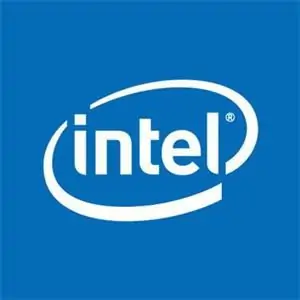Intel Core i5 13600K vs AMD Ryzen 7 7800X3D


Intel Core i5 13600K
Pros:
Higher base and boost clocks, leading to faster performance in everyday tasks and gaming.
Larger L2 and L3 caches, enabling faster data access and improved overall performance.
Lower TDP, resulting in reduced heat generation and more efficient operation.
Supports a wider range of memory types and frequencies, providing greater flexibility in memory selection.
More affordable, making it a more attractive option for budget-conscious consumers.
Cons:
Built on an older manufacturing process, potentially leading to lower power efficiency compared to processors on newer processes.
Lower transistor count, which may limit performance in certain specialized tasks.
Lacks support for Hyper-Threading technology, potentially affecting performance in some multi-threaded workloads.
AMD Ryzen 7 7800X3D
Pros:
Larger L3 cache, providing faster data access and improved overall performance.
Supports Hyper-Threading technology, enhancing performance in multi-threaded workloads.
Built on a newer manufacturing process, resulting in improved power efficiency.
Higher transistor count, potentially leading to better performance in certain specialized tasks.
Cons:
Higher TDP, generating more heat during operation and potentially requiring a more robust cooling solution.
Limited support for higher memory frequencies, which may restrict performance in certain scenarios.
More expensive, making it less accessible for consumers with tighter budgets.
Core parameters
| Release Date | October 20, 2022 | April 6, 2023 |
| Applicable Type | Desktop | Desktop |
| Instruction Set | x86-64 | x86-64 |
| Processor Number | 14 | 8 |
| Integrated Graphics | Intel UHD Graphics 770 | No |
CPU Performance
| Base Frequency | 3.5GHz | 4.4GHz |
| Max Boost Frequency | 5.1GHz | 5.0GHz |
| L2 Cache | 14MB | 1MB |
| L3 Cache | 24MB | 32MB |
| TDP | 125W | 120W |
Memory Parameters
| Memory Type | DDR5 | DDR5 |
| Memory Capacity | Up to 128GB | Up to 128GB |
| Memory Frequency | Up to 5600MHz | Up to 6400MHz |
Package
| Package Type | LGA 1700 | AM5 |
| Number of Pins | 1700 | 1718 |
Graphics Card Parameters
| Graphics Card Type | Integrated Graphics | No |
| Graphics Card Model | Intel UHD Graphics 770 | No |
| Graphics Card Frequency | 300MHz - 1.5GHz | No |
| Graphics Memory Capacity | 32MB | No |
Miscellaneous
| Manufacturing Process | Intel 7 | 7nm |
| Number of Transistors | 28 billion | 5.8 billion |
| Cooling System | Boxed cooler | Boxed cooler |